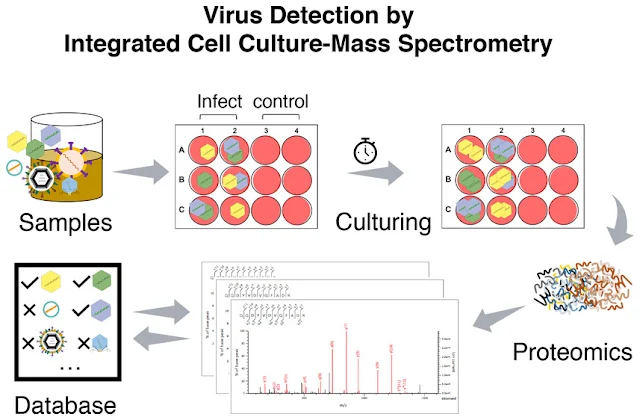In the realm of virology, scientists rely on a fundamental technique known as cell culture to study, propagate, and investigate the behavior of viruses. This controlled environment provides a glimpse into the intricate interactions between viruses and host cells. In this blog, we'll explore the fascinating world of cell culture for virus propagation, shedding light on how it has revolutionized our understanding of viral infections.
The Art of Cell Culture
Cell culture is the process of growing cells outside of their natural environment, usually in a laboratory dish or flask. In virology, this technique is essential for studying viruses because it allows scientists to observe the entire viral life cycle, from attachment to release.
Selecting the Right Cells
The choice of cells for culture is critical, as different viruses have specific host preferences. Common cell lines used in virology include:
Vero Cells: African green monkey kidney cells that are susceptible to a wide range of viruses.
HEK 293 Cells: Human embryonic kidney cells that are often used in biotechnology and vaccine development.
MDCK Cells: Canine kidney cells used for growing influenza viruses.
The Inoculation Process
Once the appropriate cell line is selected, the process of viral inoculation begins:
Preparation: The cells are seeded into culture dishes or flasks and allowed to grow and adhere to the surface.
Infection: The virus is introduced to the cells by adding a viral suspension. The virus attaches to the cell surface and enters the host cell.
Replication: Inside the host cell, the virus takes control of the cell's machinery, using it to replicate its genetic material and produce new virus particles.
Monitoring Viral Growth
Virologists closely monitor the culture to assess viral growth and propagation:
Cytopathic Effects (CPE): Some viruses cause visible changes in the host cells, such as cell rounding or destruction. These are known as cytopathic effects.
Viral Load: The quantity of virus present in the culture is measured to track how it multiplies over time.
Challenges and Contamination
Cell culture isn't without its challenges, including the risk of contamination by unwanted microorganisms. Strict aseptic techniques are crucial to maintain a pure culture.
Uses of Cell Culture in Virology
Cell culture plays a vital role in various aspects of virology:
Vaccine Development: Cultured cells are often used for vaccine production, allowing scientists to generate large quantities of weakened or inactivated viruses for immunization.
Antiviral Drug Testing: Researchers use cell culture to test potential antiviral drugs, assessing their effectiveness in inhibiting viral replication.
Basic Research: Cell culture is fundamental for basic virology research, enabling scientists to study virus-host interactions, viral life cycles, and pathogenesis.
Conclusion: A Window into Viral Behavior
Cell culture is a powerful tool that opens a window into the microscopic world of viruses. It allows scientists to observe and manipulate viral infections, providing valuable insights that drive advances in medicine, vaccine development, and our understanding of the intricate dance between viruses and host cells. As technology continues to evolve, so too will the sophistication of cell culture techniques, helping us combat viral diseases with ever-increasing precision.
Related Content












0 Comments